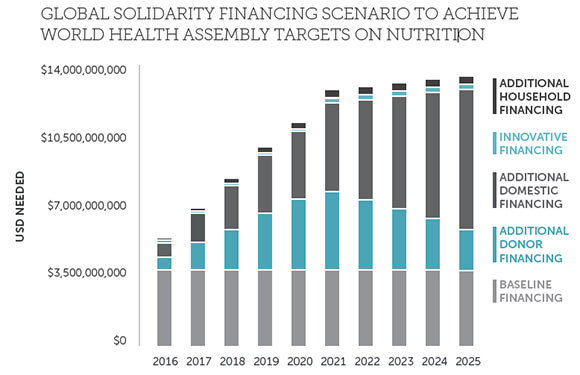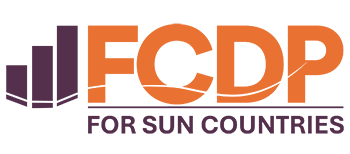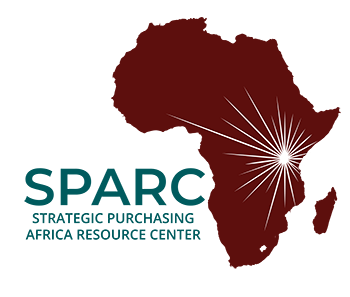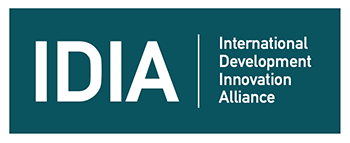Washington, D.C. — November 8, 2016 — Advocates in the fight against malnutrition are calling on the next president of the United States to prioritize investments in global nutrition-specific interventions.
This call to action highlighted a global investment framework developed by Results for Development, in partnership with the World Bank, 1,000 Days, the Bill & Melinda Gates Foundation and the Children’s Investment Fund Foundation. This groundbreaking analysis outlines how much donors and governments need to invest in nutrition — along with financing scenarios that suggest how costs could be divided equitably among donors and governments — to drive significant progress toward achieving four of the six World Health Assembly Global Nutrition Targets, specifically those focused on alleviating stunted growth, wasting and anemia, and increasing exclusive breastfeeding.

Infographic: As part of the Global Investment Framework, R4D developed a series of future financing scenarios through which the global World Health Assembly nutrition targets could be achieved. This would involve a coordinated effort between donors, governments, households and new innovative financing mechanisms to scale up high-impact nutrition interventions over the next 10 years.
This framework was used to inform a nutrition policy paper, which was sent to both major party candidates in the U.S. presidential election and offered the following recommendations for the next U.S. president:
- Increase and leverage funding to demonstrate global leadership by investing at least $677 million per year in nutrition-specific interventions
- Identify U.S. contributions to the global nutrition targets
- Designate a high-level leader to oversee U.S. efforts in nutrition across agencies and initiatives
- Pioneer ground-breaking research in nutrition innovation and nutrition-sensitive interventions to enhance and optimize programs
Additionally, former U.S. Senate Majority Leader Bill Frist penned an op-ed in The Hill on the unique opportunity the next U.S. president will have to demonstrate global leadership on malnutrition. Citing the investment framework co-developed by R4D, he said, “Increasing U.S. investments in global nutrition by $350 million per year over the next decade would be one of the smartest and most cost-effective decisions that our next President could make upon assuming office.”
Infographic: As part of the Global Investment Framework, R4D developed a series of future financing scenarios through which the global World Health Assembly nutrition targets could be achieved. This would involve a coordinated effort between donors, governments, households and new innovative financing mechanisms to scale up high-impact nutrition interventions over the next 10 years.













